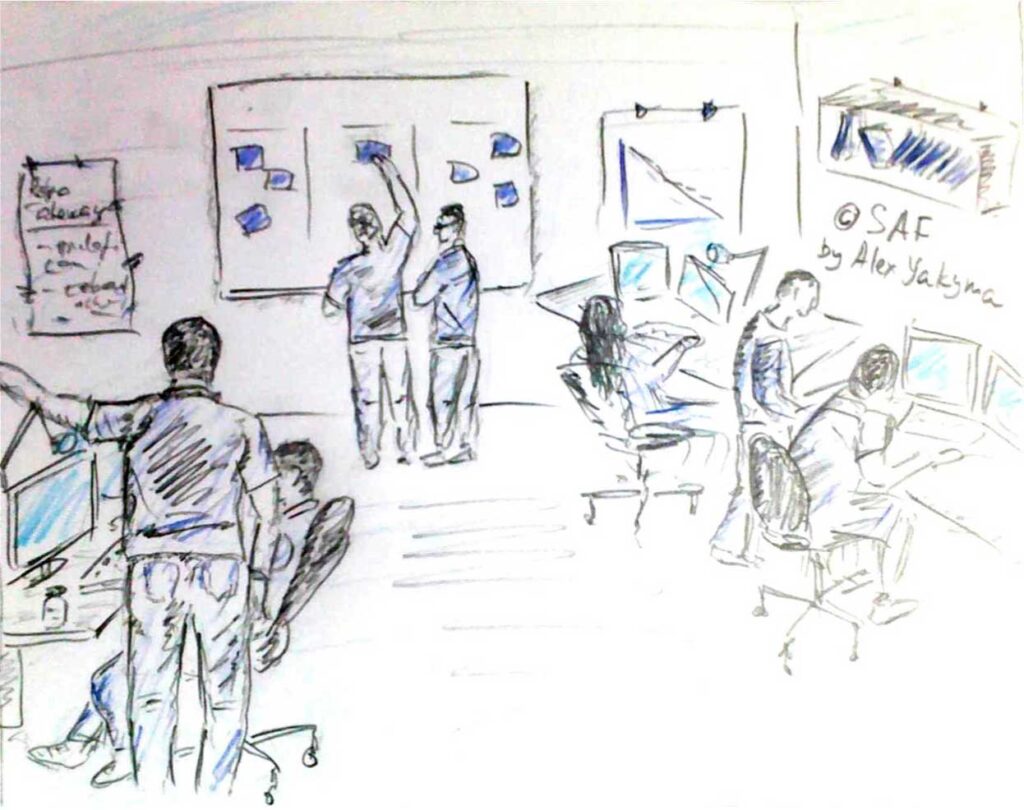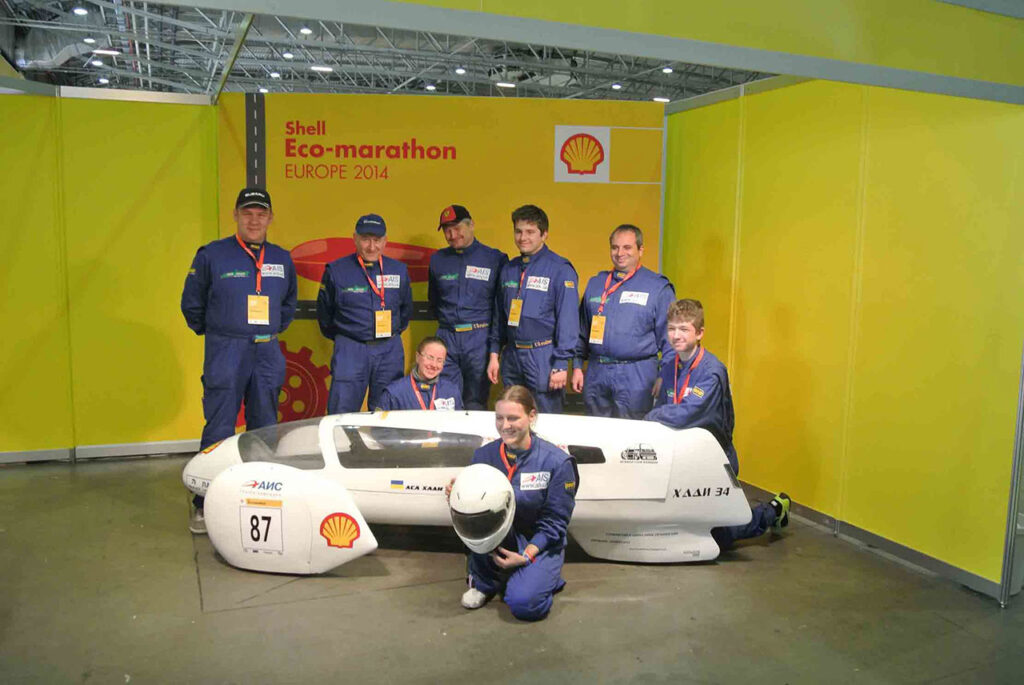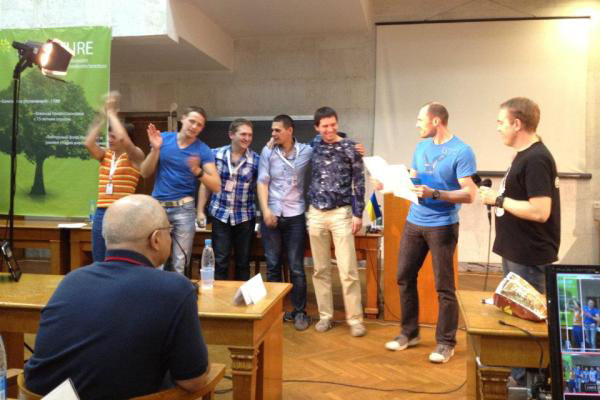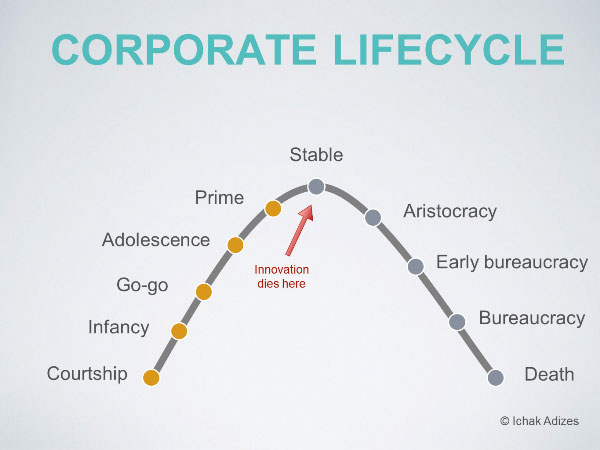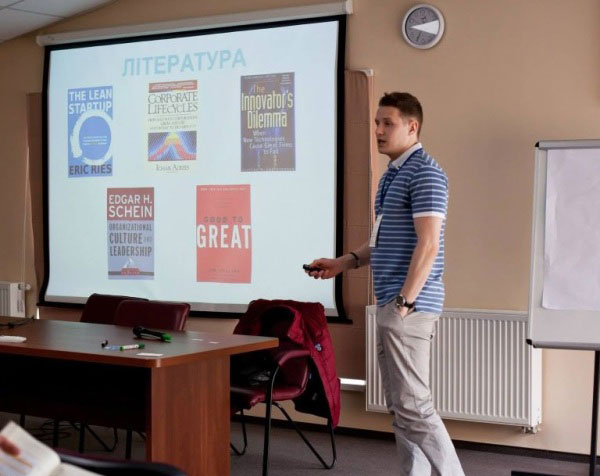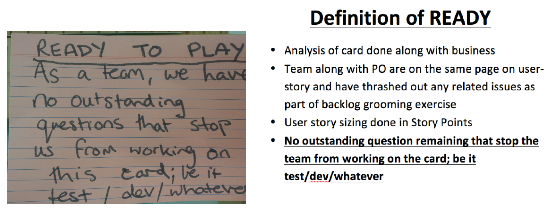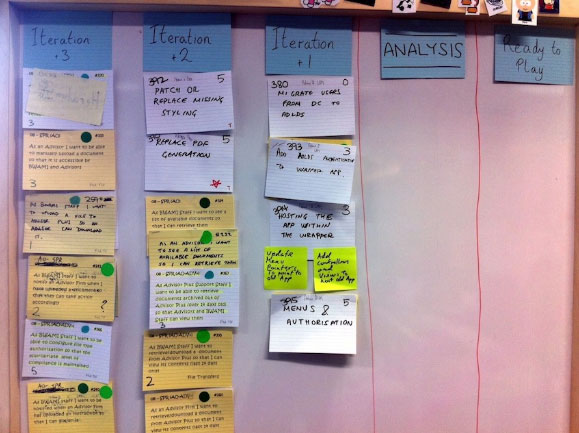What is the Internet of Things?
A term like “Internet of Things” (IoT) can become so over-used that it loses all meaning. Those of us who were around for the “Web 2.0” hype cycle remember this situation. In retrospect, the outcome of “Web 2.0” was the interactive, self-authoring Internet, as we know it today: Twitter, YouTube, Facebook, blogs, among others. In technology, once something becomes successful it simply becomes the way things are, and no longer needs a name. I believe we will see a similar phenomenon around IoT: once it has transformed the world, it will no longer even need a name, and it will just be the way things are.
In this series, we will discuss what IoT is, why it’s going to happen, and how it will change the world even more profoundly than did its predecessor,–the once-overhyped term “Web 2.0”.
The Internet is moving rapidly toward connecting all the people on the planet via their computing devices. With the addition of smart and increasingly inexpensive mobile devices, people’s access to the Internet has moved ever closer to ubiquity over the past decade. By the year 2014, over 40% of the global population –almost three billion people—had Internet access. In the group of populous, industrialized countries that used to be called the “G5” (US, UK, Germany, France and Japan), over 85% of people have Internet access, and the rest of the world is rapidly catching up.
As the cost of computing and storage power has plummeted, and connectivity has become widespread, next-frontier technologists are now looking toward connecting not only people, but also “things”, over the Internet. IoT—sometimes referred to as the “Internet of Everything”—describes what many consider the next evolution of the Internet. The IoT vision is that over time, many of the elements of the physical world will have a presence on the Internet, much as approximately 1.3 billion people have a presence on Facebook today . While the cup of coffee sitting next to you may never have its own Facebook page, it may in the future be connected to a local network or to the Internet, and be able to signal your coffee pot when it’s time to brew another batch—or let the waitress know when you need a warm-up.
The concept of devices talking to each other via the Internet is, of course, nothing new. When we speak about “people” being on the Internet, we are only speaking figuratively. It’s really our machines—our laptops, desktops and mobile devices—that are connected, either via wires or radio signals, not we humans ourselves. The Internet is already composed entirely of “things”; we just happen to use some of those things as our communication devices and alter egos. So what is changing? When we speak of an “Internet of Things”, what we mean is that devices themselves will begin to play more of the role currently reserved for humans . In particular, devices and their intermediaries will directly create and act on the bulk of the meaningful data available through the Internet, autonomously and without human intervention. More and more, these inanimate objects will begin to communicate directly with each other, make decisions and take autonomous action, and then reach out through the Internet to communicate with us.
A little surprisingly, this hasn’t happened yet to any great degree. Currently and over the history of the Internet, people created most of the content on the Internet by typing, scanning, talking, recording, photographing, filming or through other means. In 2012, only about 30% of all new digital data of any sort was generated by non-human directed machines such as sensors, computer log files and security cameras ; the remaining 70% was created by people, directly or indirectly, with much of it being redundant copies of TV shows stored on DVR’s.
Not all this data—nor all the human-generated data—is available via the Internet, but as the world gets connected that will change. The growth in the rate of machine-generated data is faster than that of human-generated data, and this trend is likely to continue, in part because the number of “things” will, over time, vastly outnumber the number of humans. According to one estimate, in 2014 there were approximately twice as many non human-directed devices connected to the Internet as there were humans on the planet , and this ratio is only expected to grow .
The idea of machine-to-machine communication is clearly central to the Internet of Things, but these are not the same thing. Machine-to-Machine communication, often abbreviated “M2M”, is the “Thing” analogy to a phone call from one person to another. The communication is transient and “point to point”, even though the “call” might be placed through a switch that could potentially connect that phone to many others. A device connected to IoT is more like a person posting on Facebook or making a blog entry—the information posted by that device is persistent and accessible to anyone or any thing having permission to read it and respond, or otherwise act on it. What’s different is that for human-to-human posts, the “intelligence” already resides in the person making, reading or responding to the post. In IoT, the “intelligence” must reside in the network or in the device itself. It’s this “intelligence” that imputes meaning to the data supplied by the sensors, and decides how to act on it.
It’s clear that some devices will become ever more intelligent—cars, for example. However in many cases the “brains” of the Internet of Things will not be in the device, but in the Internet itself. Or, more precisely, in the cloud. Many everyday things will gain sensory rather than thinking capabilities, as well as the ability to communicate what they are sensing to the Internet cloud. In the next 10 years, I expect my coffee cup, for example, could acquire a heat sensor to measure how warm my coffee is, a pressure sensor to determine how full the cup is, and even connectivity and a power source—but not a brain.
The “brains in the cloud” approach allows bringing together the input from many sensors, meaning more interesting and complex behaviors can occur. It also allows learning from past behaviors, and making correlations with other situations beyond those experienced by any particular device. For example, a system in the cloud could observe the behavior of many coffee cups to learn when people tend to refill them, based on how full and how warm the cup is. The system can then use this average information to service a new patron at a restaurant, for example. By keeping the end-point devices “dumb”—that is, endowing them with sensors but not brains—systems can also be rapidly changed and upgraded, without worrying about upgrading literally billions of end-points.
As storage and computing costs grow ever cheaper as predicted by Moore’s Law, intelligence and storage will undoubtedly be distributed among an increasing number of devices as well. Looking out far enough, even throwaway objects like disposable coffee cups may become “smart”. But for now, genuinely “smart” devices are not really the essence of IoT. The essence is distributed sensors and connected devices, with an increasingly smart brain to acquire and act on (near) real-time information.
Now read Part 2 in this series: Uber as an example of where IoT is headed
Dr. Jim Walsh is CTO at GlobalLogic, where he leads the company’s innovation efforts. With a Ph.D. in Physics and over 30 years of experience in the IT sector, Dr. Walsh is a recognized expert in cutting-edge technologies such as cloud and IoT.
References
http://www.internetlivestats.com/internet-users/
http://www.rfidjournal.com/articles/view?4986
http://www.technologyreview.com/view/509656/consumers-generate-most-of-the-worlds-data-but-machines-are-catching-up/
http://www.emc.com/about/news/press/2014/20140409-01.htm
Cisco IBSG White Paper “The Internet of Things: How the Next Evolution of the Internet is Changing Everything” , Dave Evans, Cisco IBSG, April 2011
